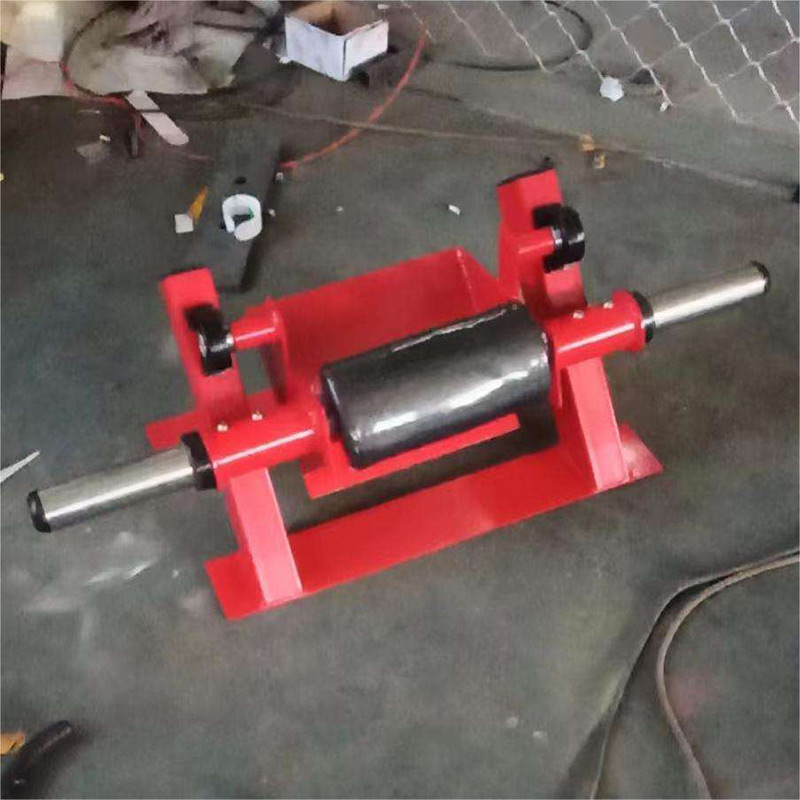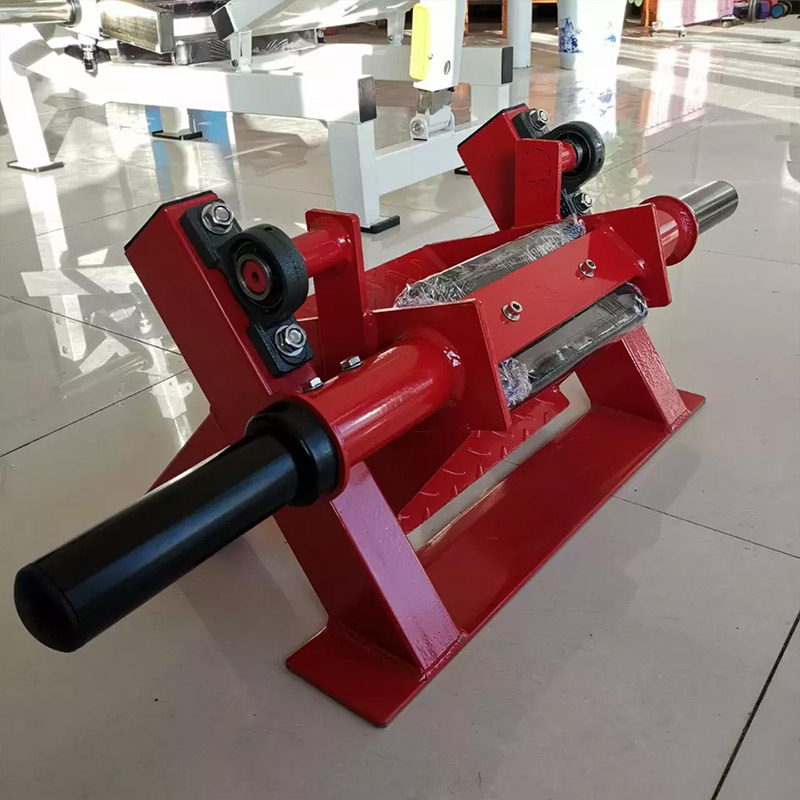Tibia dorsiflexion, often referred to simply as dorsiflexion, is a movement that involves flexing the ankle joint so that the top of the foot moves towards the shin. This movement primarily engages the muscles on the front of the lower leg, specifically the tibialis anterior muscle. Here’s a detailed description of tibia dorsiflexion:
Anatomy and Muscles Involved:
- Tibialis Anterior: This muscle is located on the front of the shin and is primarily responsible for dorsiflexion. It originates from the upper lateral surface of the tibia and inserts into the medial cuneiform and base of the first metatarsal bone of the foot.
- Extensor Digitorum Longus: This muscle, located adjacent to the tibialis anterior, also assists in dorsiflexion. It extends from the lateral condyle of the tibia and fibula to the distal phalanges of the toes.
Function and Movements:
- Dorsiflexion: Involves lifting the top of the foot towards the shin, reducing the angle between the foot and the shin. This movement is crucial for activities such as walking, running, and climbing stairs, as it helps clear the foot during the swing phase of walking and maintains balance during standing.
- Range of Motion: The range of motion for dorsiflexion varies among individuals but typically ranges from approximately 15 to 20 degrees from neutral position (where the foot is perpendicular to the leg).
Importance in Exercise and Rehabilitation:
- Sports Performance: Strong dorsiflexion is essential for athletes involved in activities that require quick changes in direction, such as basketball and soccer, as well as for activities like running that involve push-off from the ground.
- Rehabilitation: Dorsiflexion exercises are often prescribed in physical therapy to rehabilitate injuries such as ankle sprains or to address conditions like foot drop, where the ability to dorsiflex the foot is compromised.
Exercises to Improve Dorsiflexion:
- Ankle Dorsiflexion Stretch: Sit on the floor with your legs extended. Loop a towel or resistance band around the ball of your foot and gently pull it towards you, feeling a stretch in the front of your ankle.
- Toe Taps: Stand with your feet flat on the floor. Lift your toes towards the ceiling while keeping your heels on the ground. Lower your toes back down and repeat.
- Resistance Band Exercises: Attach a resistance band to a fixed object and loop it around the top of your foot. Sit on the floor with your knee bent and pull your foot towards you against the resistance of the band.
Improving tibia dorsiflexion can enhance overall lower limb function and stability, contributing to better performance in sports and activities of daily living. Regular stretching and strengthening exercises can help maintain or increase dorsiflexion range of motion and prevent injuries related to ankle and foot mechanics.





















































Reviews
There are no reviews yet.